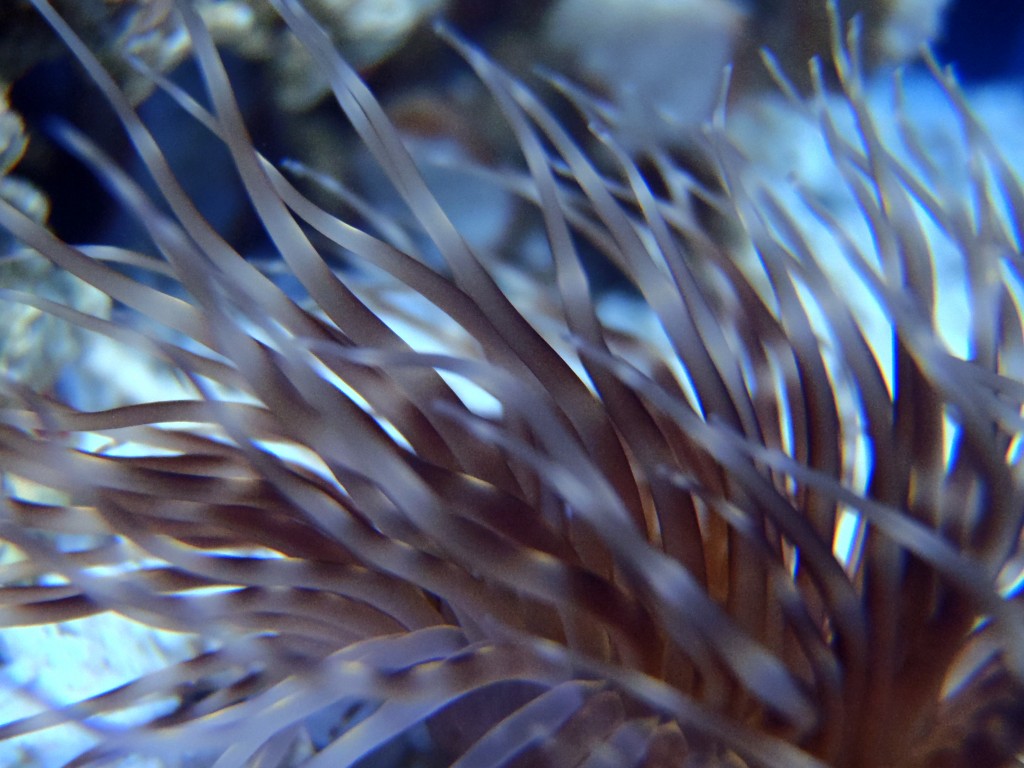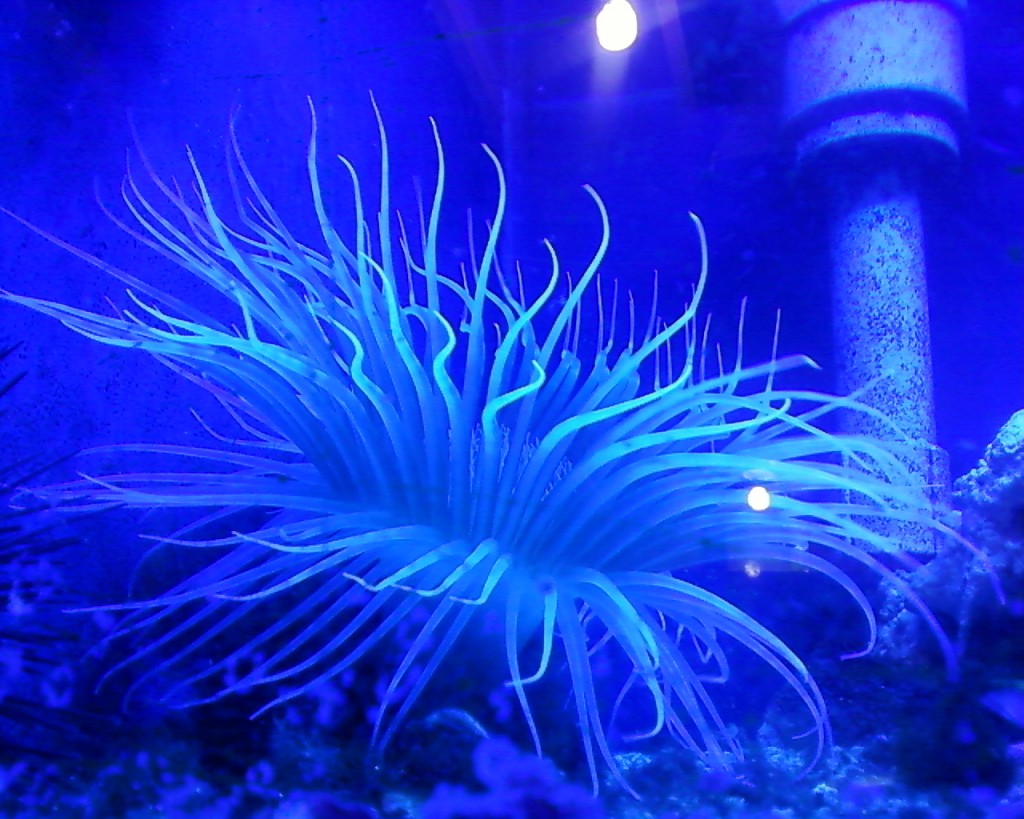Many reefkeepers agree that it’s just not a reef tank without an anemone, and to some extent I’m with them. What most don’t realize is that there’s an alternative to the common anemones that may wander about stinging and killing corals. This alternative is the tube anemone, which rarely relocates due to the fact that it lives in a tube buried under the substrate.
Tube anemones have long skinny tentacles that vary in color, surrounding a set of smaller tentacles that place food in the mouth. At the base is a wax-like tube that lies buried under the sand. This is where the main body of the anemone lives, and the tentacles can retract into the tube as well. Tube anemones are nonphotosynthetic, so they must be fed to maintain health. They will eat most meaty foods, from small suspension foods to larger frozen foods. Because of their nonphotosynthetic nature, tube anemones are usually nocturnal, but they may be trained to come out during the day.
I’ve had experience with a couple of these now, and have found that they need a very limited supply of food to survive, but if fed often can show amazing growth rates. They are amazing animals to observe and give a reef even more life under moonlights.
Originally published on June 22, 2011.












Hey Mike,
The guys can have a pretty nasty sting too. Even though they dont move they can hurt fish that swim by. They are kinda predatory.
I saw one kill a blue carpet anemone that got too close. Obviously not a normal occurence but be careful with placement.
Wow! I knew they had a potent sting, but I haven’t seen anything like that yet. I have some corals that grew right in range, but they are on opposite schedules and don’t seem to mind being stung while closed.
“Anemone” is kind of a misnomer, and the legend of their sting far surpasses the reality. Most are considered planktonic feeders (so they should be fed frequently) and probably don’t even have the ability to capture most fish. They can get to about 2′ in tentacle diameter and need a very deep sandbed so I would say most aquariums are unsuitable except for the very largest. If you read most descriptions of these on retail websites they’re riddled with inaccuracies even on the biology of the animal.